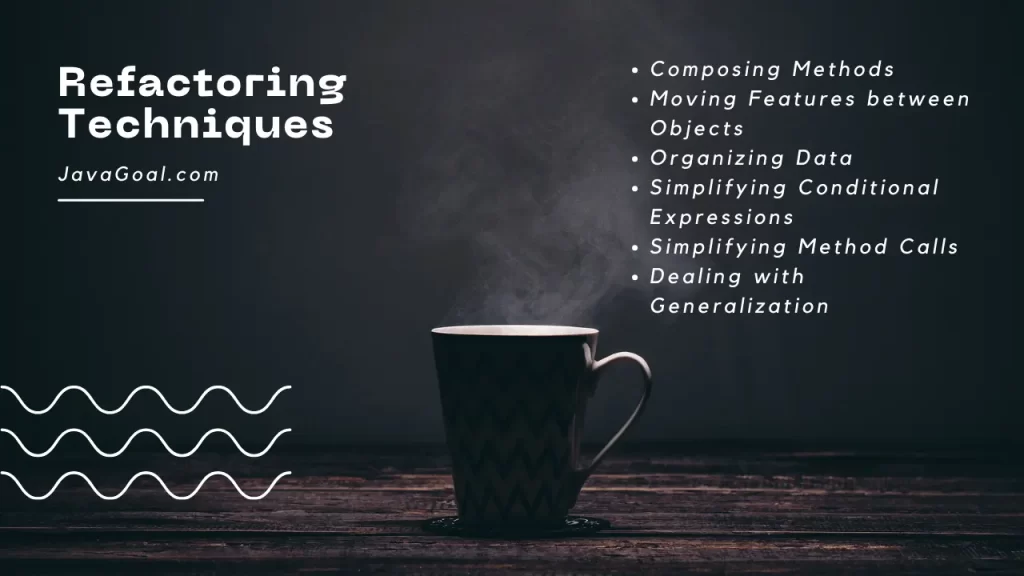Before moving to the code refactoring techniques, I would suggest you read a few articles like What is refactoring? What are the code smells? What are the technical debts? If you have read them then you can start reading.
In software development, there are many refactoring techniques to achieve the refactoring of any project. These techniques improve the design, structure, and maintainability of existing code without changing its external behavior. By using these techniques, we make small, incremental changes to the codebase to enhance its readability, maintainability, and performance.
What is the Relationship with Code Smells?
Code smells are indicators of problems or areas in code that can be addressed during the refactoring. Code smells are easy to spot, so developers identify code smells and use refactoring techniques to fix them. For example, if a long method (code smell) is spotted then refactoring can break it into smaller, more manageable methods.
Let’s see some refactoring techniques!

> Composing Methods > Moving Features between Objects > Organizing Data > Simplifying Conditional Expressions > Simplifying Method Calls > Dealing with Generalization
Composing method
The “Composing method” is part of refactoring techniques and much of refactoring is devoted to the “Composing method”. In most cases the long method is the root cause of all evil, so the “Composing method” aims to break down into small and more focused methods. It removes code duplication and enhances code quality.
- Extract Method
- Inline Method
- Extract Variable
- Inline Temp
- Replace Temp with Query
- Split Temporary Variable
- Remove Assignments to Parameters
- Replace Method with Method Object
- Substitute Algorithm


